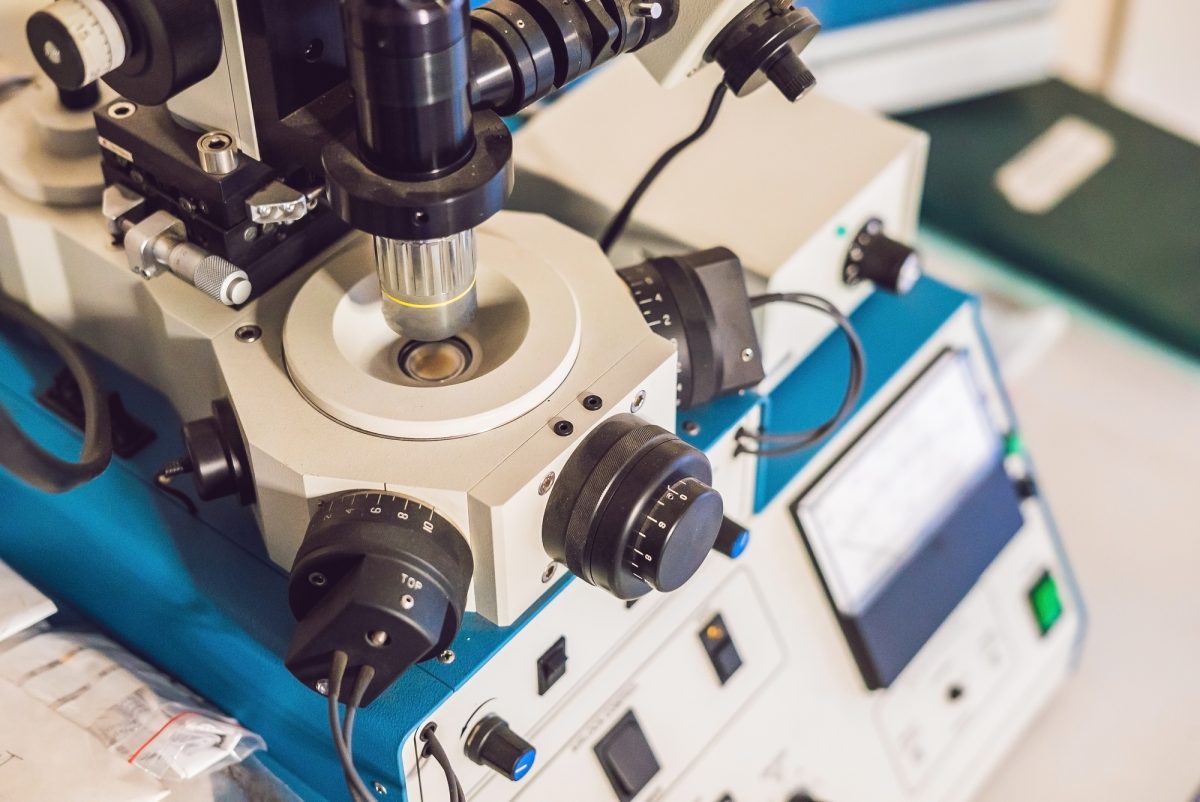The deep reactive ion etching refers to the technology of drypoint (plasma) etching. In contrast to “just” ion-plasma etching, reactive ion-plasma etching uses a discharge in molecular gases instead of an inert gas plasma. The latter contain one or more halogen atoms in their molecules. The choice of such gases is explained by the fact that the elements formed by them in the plasma react with the materials subjected to etching, forming volatile compounds.
One of the features of ion etching is the versatility, as well as, the ability to clean from any kind dirt of and etch the surfaces of any materials.
Before starting an etching process, the metal must be completely clean. For those parts that will be painted again, a self-etching primer is applied immediately after the metal part is completely cleaned.
When conducting reactive ion-plasma etching, the processed samples are in contact with the plasma and are placed on an electrode connected to an RF voltage source. The removal of the material occurs both due to physical sputtering by accelerated ions of chemically active gases, and as a result of chemical reactions between free atoms and radicals forming in the plasma and the surface atoms of the processed material.

